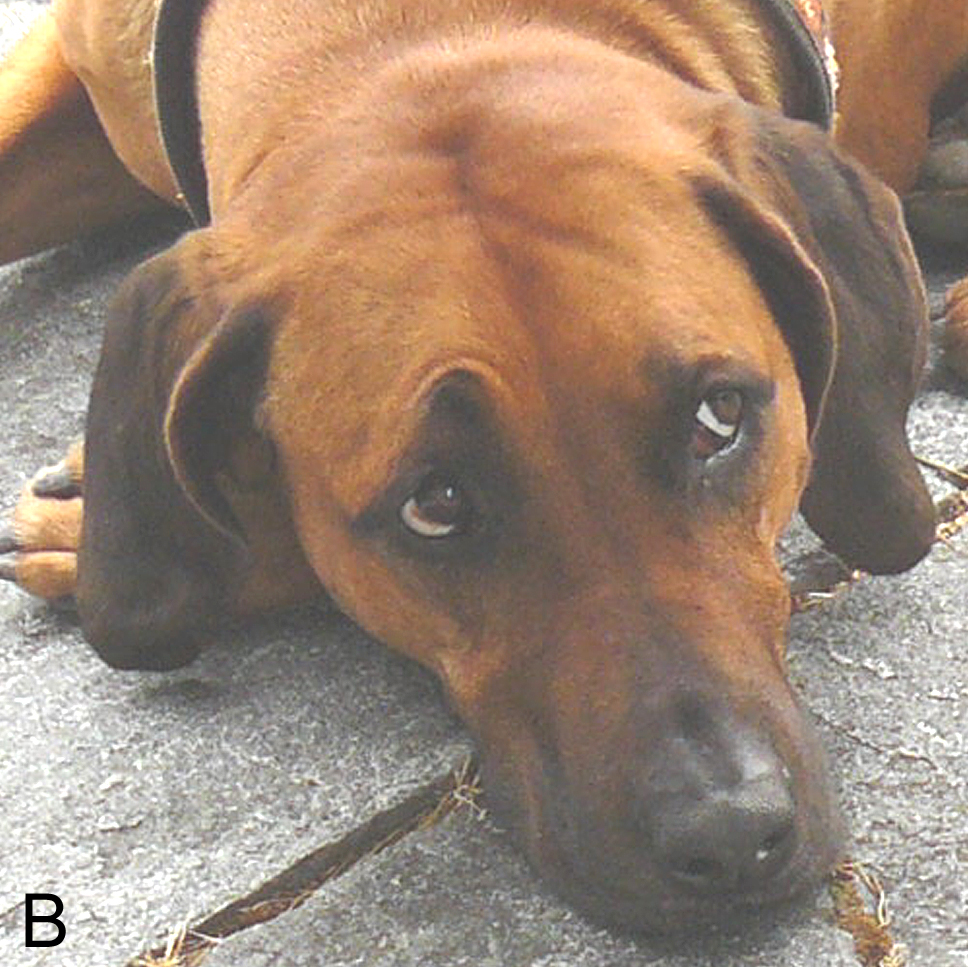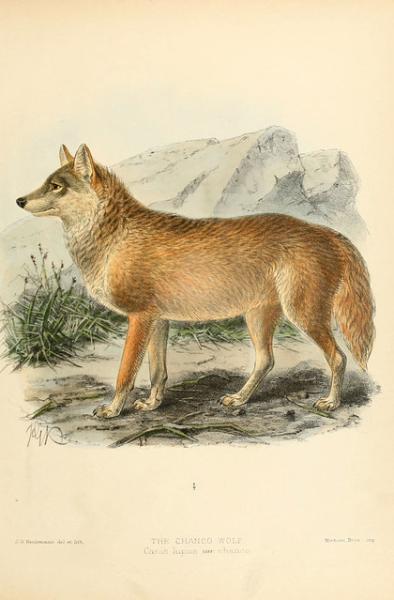Why have we evolved such a close relationship with dogs? Scientists suggest two entangled themes. Dogs have both an uncanny skillset in communicating with humans and a social structure that echoes our own.
Social behavior
Wild dogs are predators, despite Blue Buffalo and Purina, the dog’s family, the canids, are not chowing down to a delicious bowl of grain, they are carnivores. But canids, unlike larger predators, like tigers, are not able to kill their prey on their own. To get a meal, they travel and attack in packs just like another group we might mention, Sapiens. Pack behavior requires collaboration and coordination. Dogs in both their domesticated and wild version are social creatures; it is a necessary survival skill. Dogs are both observant, a quality we will return to in a moment, and naturally cooperative. [1] That cooperation may also separate them from their wild cousins, coyotes, dingoes, and wolves, who lack that knack for cooperating with us while retaining the skill with their brethren. Perhaps it is our inability to control these canids that make them less desirable, or even loathed, compared to their dog cousins.
Gaze direction is a nonverbal channel of communication among humans; an infant quickly learns to look in the same direction of its parent. Dogs share that ability to a far higher degree than our closest primate relatives or the dog’s closest relative, the wolf. Dog, unlike their wolf cousins, seem to be more motivated to establish eye contact with humans and “mutual gaze between dogs and humans seems to be a hallmark of the unique relationship…” Scientists have postulated that this mutual gaze is enhanced and reinforced by the release of oxytocin just as it does between a mother and infant. But what character about a dog could elicit this warm caregiving response? The answer lies in the muscles of the dog’s eyes.
The eyes have it
Humans are attracted to their young, no surprise there. Similarly, juvenile traits, like the shape and relationship of the head and eyes, draw us towards other animals besides our young. [2] We like faces that remind us of infants, a quality termed pedomorphism. Facial expression can enhance these features. For dogs, that  enhancement is an ability to raise the inner and upper aspect of their eyebrow. Here’s the expression. You gotta love it; and in fact, you are not alone, dogs that produced this eye movement more often were more quickly adopted from shelters.
enhancement is an ability to raise the inner and upper aspect of their eyebrow. Here’s the expression. You gotta love it; and in fact, you are not alone, dogs that produced this eye movement more often were more quickly adopted from shelters.
Anatomic studies have demonstrated that while wolves and dogs share essentially all the same facial musculature, the muscles necessary for that particular expression was present in all dogs, but was “represented only by scant muscular fibers” in wolves. Wolves have less muscular ability to create that particular cuddly look.
It appears that dogs and wolves began their separate paths 40,000 years ago and that dogs have been a domesticated species for 33,000 years before we ended our nomadic ways and settled down to form agricultural communities. It seems that the changes in these muscles took place over and during canine domestication. It raises the question of how much our preferential treatment acted as a selection pressure to facilitate evolution. It also suggests that selection pressure is not merely an environmental force but can be found in the relationships one species forms with another. Our relationship with dogs can be found in many unsuspected places, like our gut microbiome. While some microorganisms could apply for the title “man’s best friend,” it seems their lack of a cute infant like face makes them distant contenders.
[1] With the possible exception of my Shiba Inu, who believe they are really cats rather than dogs.
[2] Cat lovers need not despair, there is also evidence that their purring has been modified to mimic the cries of infants.
Sources: The topic was originally inspired by Evolution of facial muscle anatomy in dogs PNAS DOI:10.1073/pnas.1820653116, which lead back to the description of how a dog’s pedomorphic features provided them with a selective advantage today when it comes to being chosen to go to a new home from a shelter in Paedomorphic Facial Expressions Give Dogs a Selective Advantage. Serendipity brought an article from Aeon to my mailbox discussing the reasons we may like our dogs more than their canid cousins, For the hate of dogs.
Dog expression taken from Paedomorphic Facial Expressions Give Dogs a Selective Advantage




